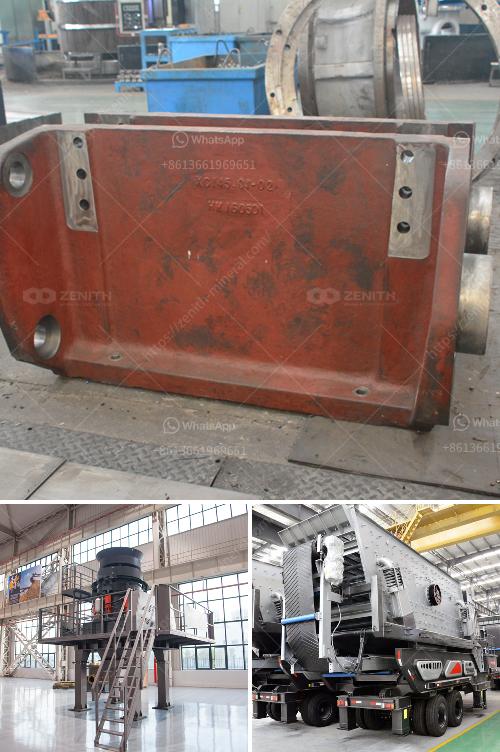Designing a ball mill for cement involves a series of steps and considerations. Here’s a streamlined guide:
1. Define Your Objectives
- Capacity: Determine the production capacity needed.
- Product Fineness: Identify the desired fineness of the final product.
- Material Characteristics: Understand the grindability, hardness, and moisture content of the clinker and other raw materials.
2. Basic Design Parameters
- Diameter and Length: Choose mill diameter and length based on required capacity and grindability.
- Speed: Opt for appropriate mill speed (critical speed calculation).
- Liner Design: Select liners that will protect the mill shell and enhance grinding efficiency.
3. Select Mechanical Components
- Drive System: Gearbox, motor type (often a synchronous motor), and power requirements.
- Trunnion Bearings: Design for stable rotation and to handle loads.
- Discharge Mechanism: Choose between overflow, diaphragm, or grate discharge type.
4. Ball Charge and Size
- Ball Charge Calculation: Optimize the number and size of balls for effective grinding.
- Material Flow: Ensure smooth material flow by evenly distributing the balls.
5. Grinding Media
- Material Selection: Ensure the balls are made of wear-resistant material like high-chrome or forged steel.
- Media Size Distribution: Use appropriate sizes for coarse and fine grinding.
6. Material Flow and Air Flow
- Feed Rate: Regulate the material feed rate to balance grinding efficiency and power consumption.
- Ventilation: Ensure proper airflow through the mill to remove moisture and heat.
7. Safety and Maintenance
- Safety Features: Install guards and emergency stops.
- Ease of Maintenance: Design for easy access to wear parts and regular maintenance.
8. Optimize and Validate
- Simulation and Modeling: Use software tools to simulate mill operation and validate design.
- Pilot Testing: Conduct small-scale testing to verify performance.
9. Environmental and Regulatory Considerations
- Dust Control: Integrate dust collection systems.
- Noise Reduction: Implement noise mitigation measures.
10. Installation and Commissioning
- Foundation: Design a robust foundation to absorb vibrations.
- Alignment and Balancing: Ensure proper alignment of the mill components during assembly.
Example Formula for Critical Speed:
where:
- ( N_c ) is the critical speed (rpm)
- ( D ) is the mill diameter in meters
- ( d ) is the ball diameter in meters
Online Resources
- Utilize design software like CATIA, SolidWorks, or AutoCAD for precision.
- Reference standards from bodies like ASTM or ISO for materials and testing.
Conclusion
Designing a ball mill for cement requires careful consideration of various factors from capacity to safety. By following a structured approach, you can ensure efficient and effective operation of the ball mill tailored to specific requirements in a cement production setting.


